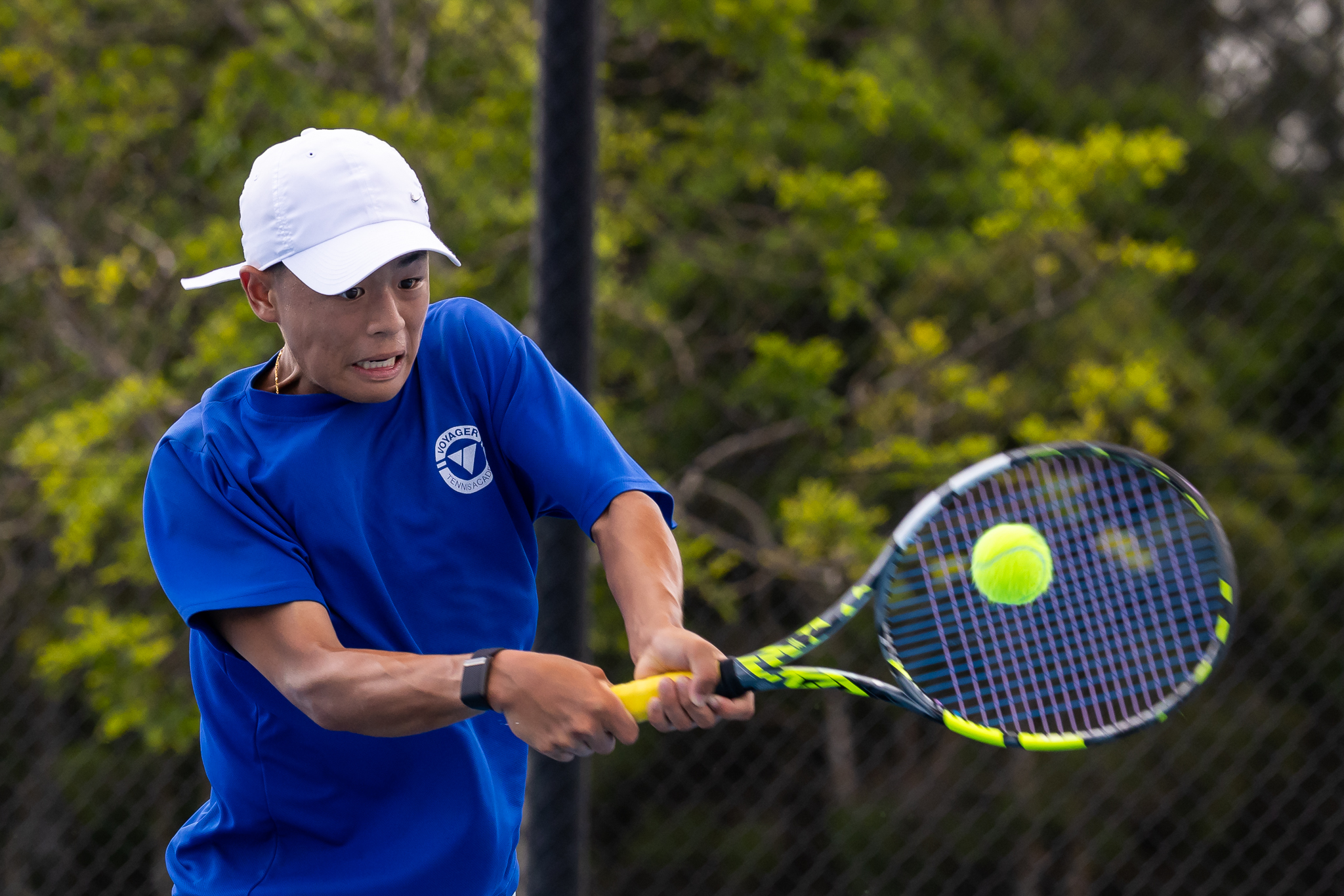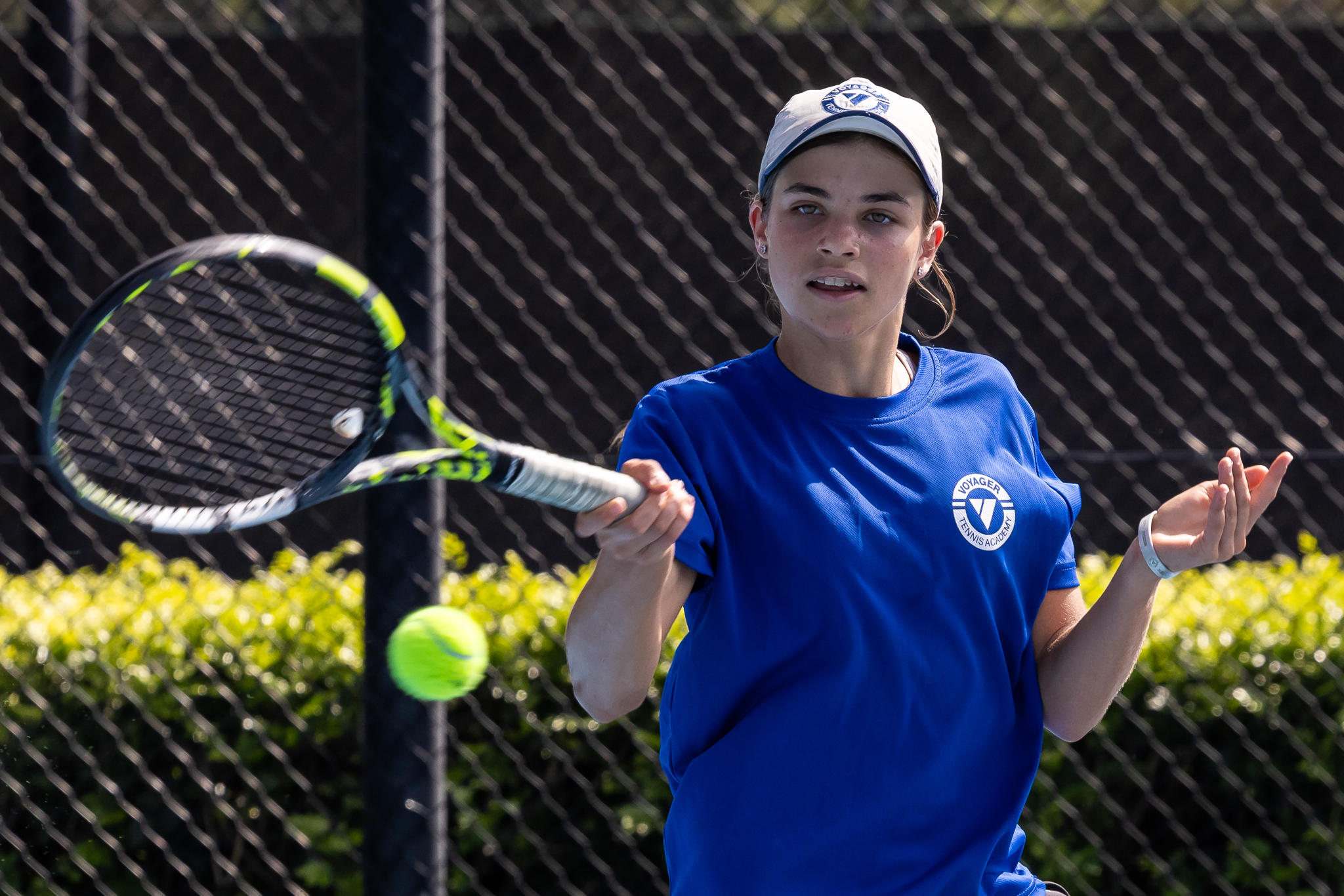
When does my racquet need to be restrung?
Breaking a string is the most obvious reason to restring your racquet, but there are many other factors that can be tell-tale signs it’s time to refresh your racquet. Consider your strings like tyres on your car. If you wear your tyres out do you replace the car? New tyres allow the car to perform like it did when it was new.
Strings will often go “dead” when they lose their elasticity. Think of your strings like a rubber band, a fresh rubber band when stretched returns to its original state when you let go. The more you stretch and let go of the rubber band the less and less it returns to its original shape and state. This happens to your strings. A fresh set of strings will stretch when the ball hits them and return to their original state. Over time they lose their ability to return to their original state losing tension and becoming “dead” or feeling unresponsive.
If you notice any of the following, it is time to consult one of our professionals and get your racquet restrung:
- Usual shots flying long
- Your racquet vibrating more than normal
- Difficulty getting topspin or slice on the ball
- Losing control of the ball
Unfortunately, if you leave the strings in a racquet too long it’s highly likely that your performance on the court will be hindered.
How long do strings last?
A lot of factors can go into how long a string will last. Examples of a few of these are as follows;
- Weather (heavier weather will reduce life of strings)
- String type (a monofilament will last longer, without mishits. A multifilament will fray)
- String gauge (a thicker string will last longer but not give as much spin/feel as a thinner string)
- Surface you play on (a clay surface will make strings break quicker as the ball picks up court particles that are abrasive – similar for artificial grass that picks up sand)
- Tension retention (certain strings will maintain their tension longer than others)
How often should you string your racquet?
A very general rule of thumb is “play once a week, string once a year. Play twice a week, string twice a year”. This really is very general and we recommend you look at the factors mentioned earlier as being a much better indicator you need a restring. When the racquet isn’t performing like it used to, it is time for a restring.
What tension should I be stringing at?
Higher tensions provide more control whilst lower tensions provide more power.
If you had your racquet restrung 10 years ago at 60lbs/27kg there is a chance this tension will now be too high. Modern stringing machines pull tension much closer and have a more accurate reference number than machines of the past. The newer materials used can play better at lower tensions. We have generally noticed a decrease in tension over the years.
Can a restring help with pain experienced whilst playing tennis?
Simple answer yes. As mentioned above a string loses its elasticity and therefore its usefulness. A softer monofilament string or a multifilament string with a thicker gauge can assist in soreness in elbows, forearms, shoulders etc
We suggest if you feel something is “off” with your racquet it is time to talk to one of our professionals about making your racquet sing again!
Find out more about restringing or ask your Voyager coach when next in the club.
This guide has been written in conjunction with Noel Dodds who is the Head NSW Sales Representative, Manager of the European Racquet Stringers Association for Australia and a Pro Tour qualified stringer with years of experience on the ATP and WTA tour.
By Ryan Henry, Managing Director of Voyager Tennis and Ex-Pro Tennis Player




